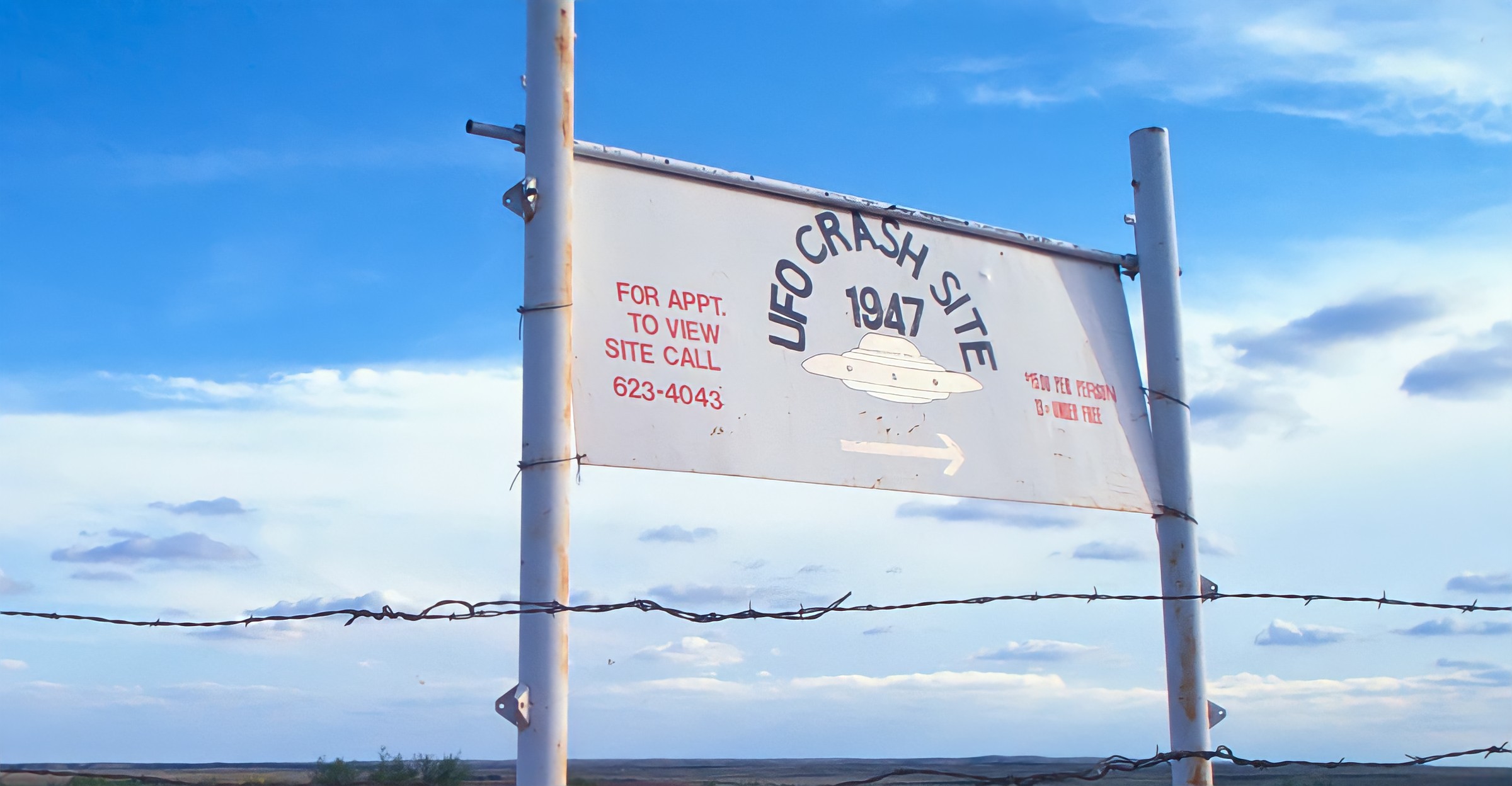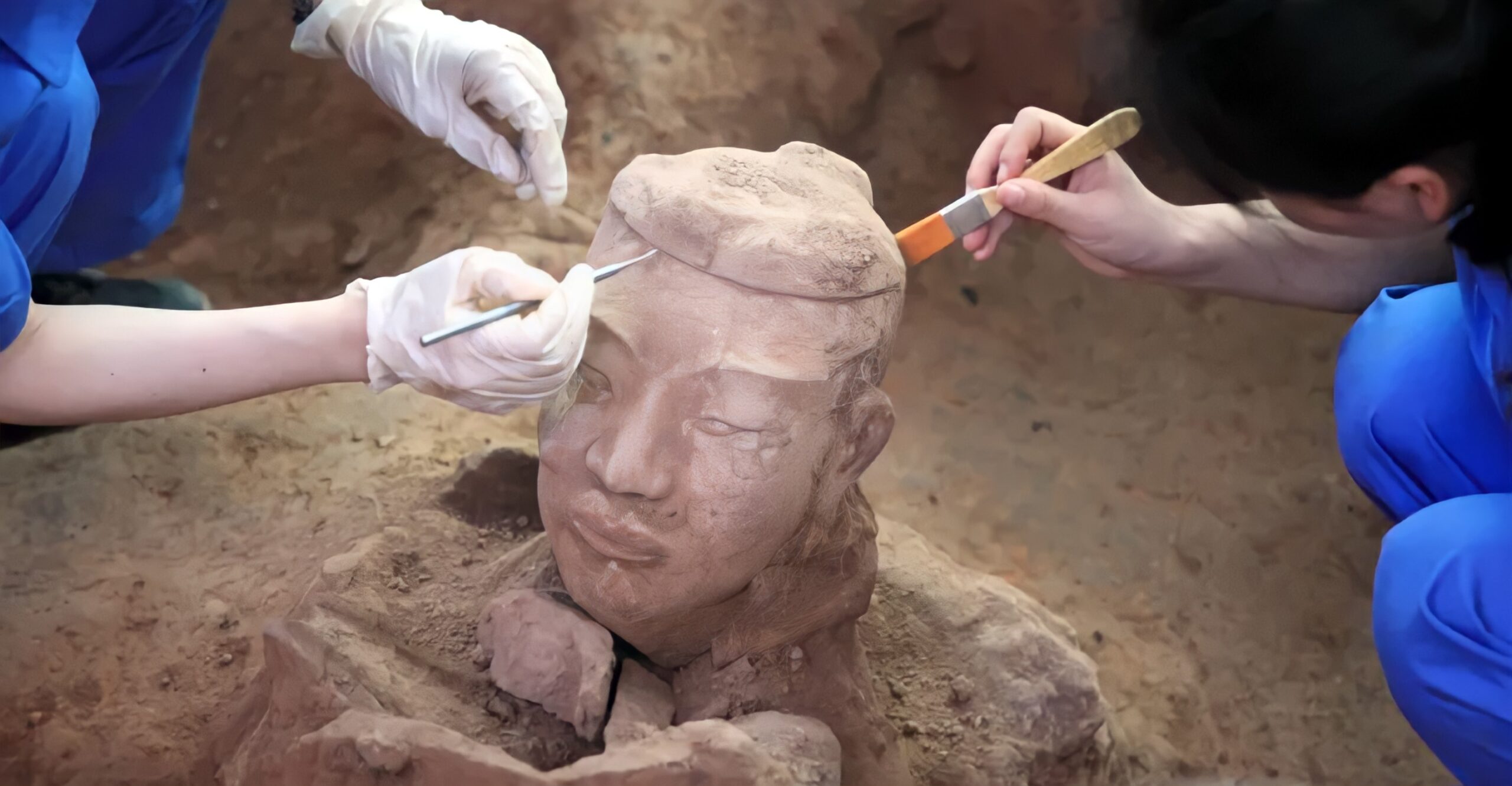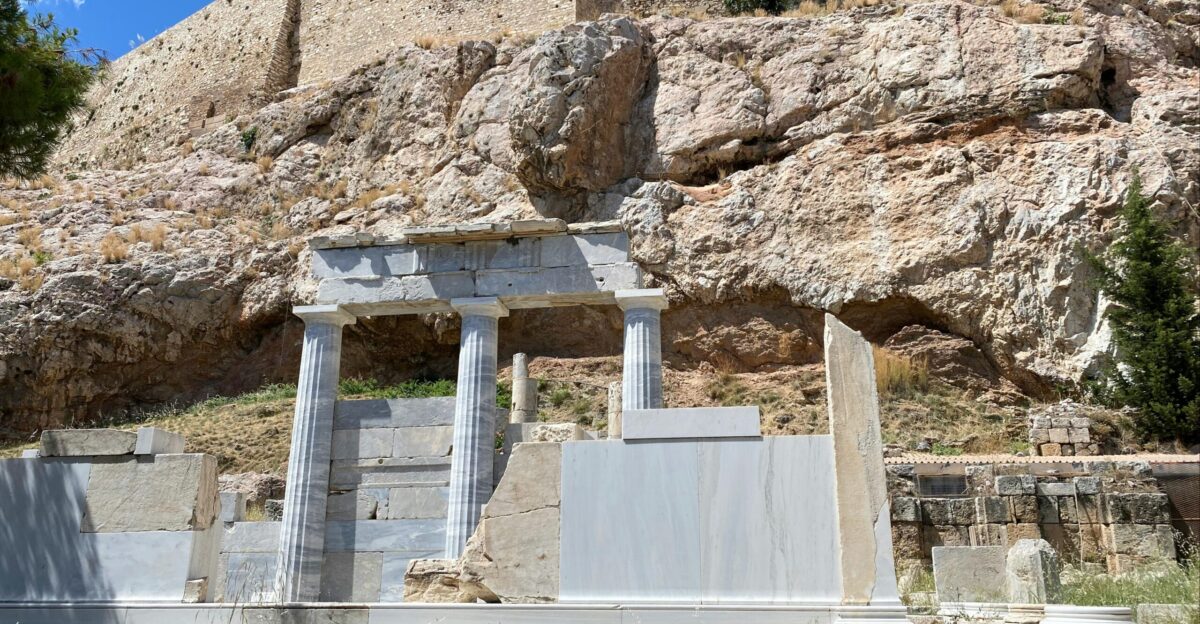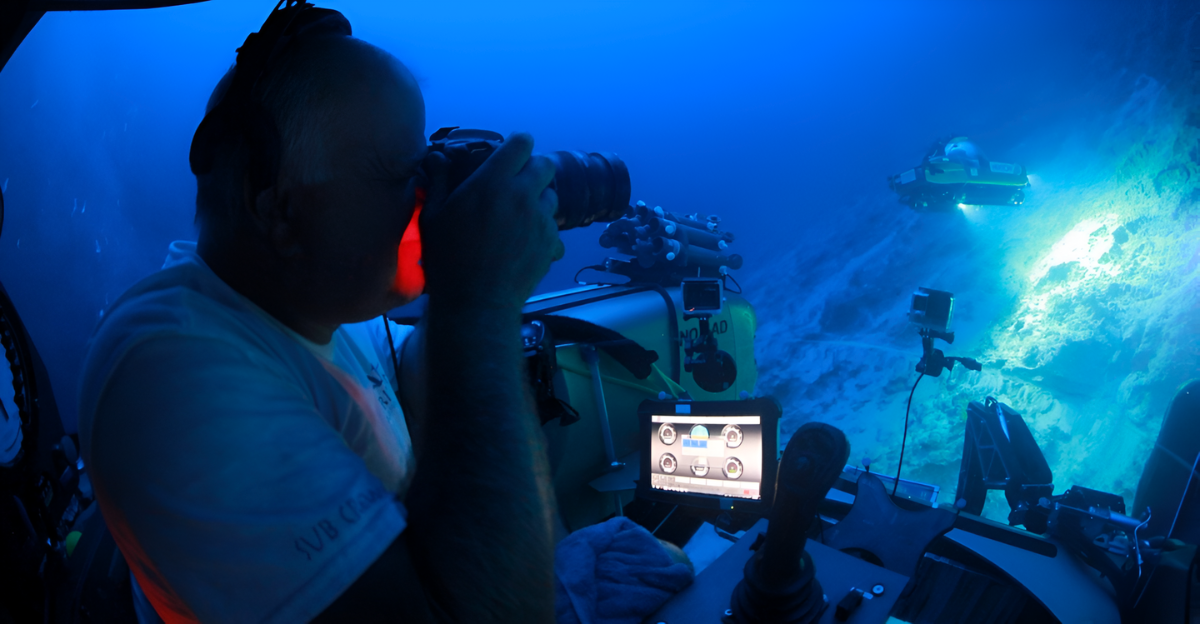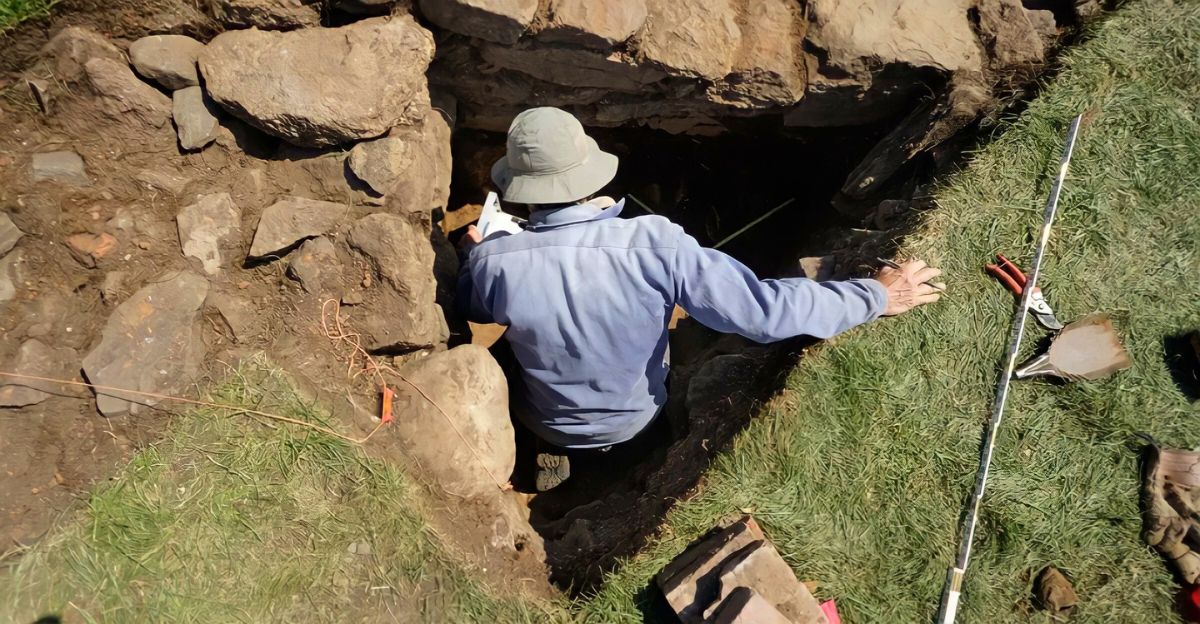
It’s pretty fascinating when people stumble upon discoveries so big that they change the way we once thought of a place. Archaeologists digging into a hill near a serene German lakeshore have uncovered evidence of a 125,000-year-old “factory” operated by Neanderthals.
These ancient people established an organized site dedicated to extracting nutrient-rich fat from animal bones, far from the primitive mindset we once thought them to have. These findings prove that we are not as familiar with past events as we should be. How can this find change our perception of ancient people?
How the Find Was Made
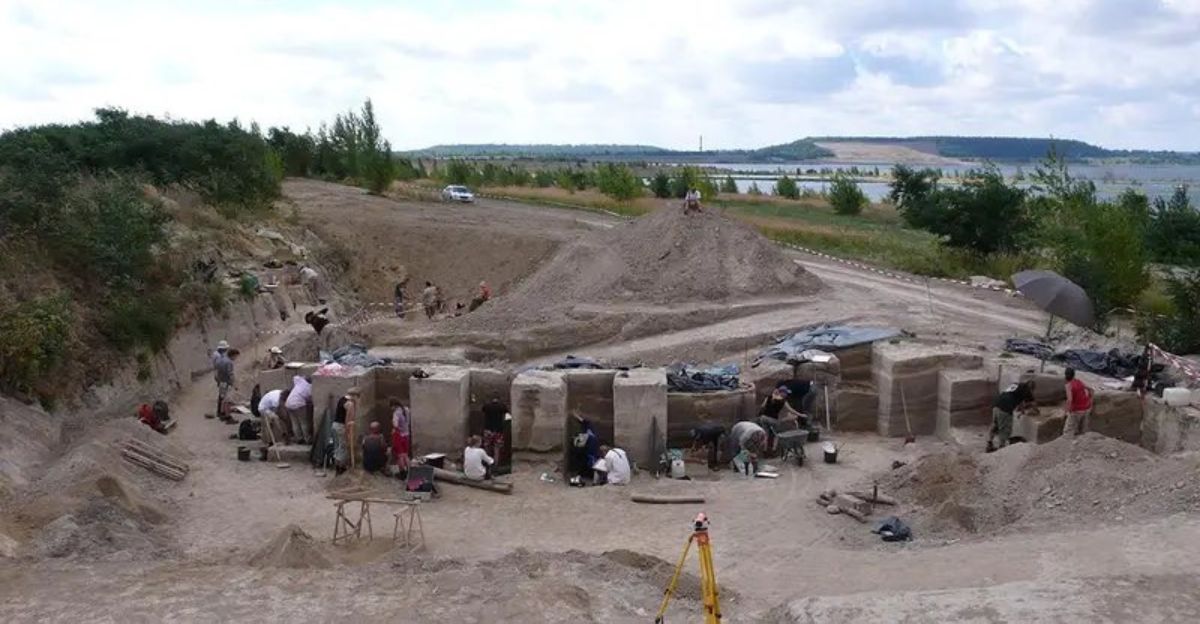
Archaeologists uncovered this remarkable site over several years of meticulous excavation at Neumark-Nord, a prehistoric lakeshore in present-day Germany. By analyzing an extraordinary collection of around 120,000 animal bone fragments and more than 16,000 flint tools, researchers gradually realized they stood amid evidence of large-scale, organized activity.
This discovery was pieced together from mountains of broken bones, evidence of stone tools used for hammering, and evidence of fire use.
What the Site Was Used For
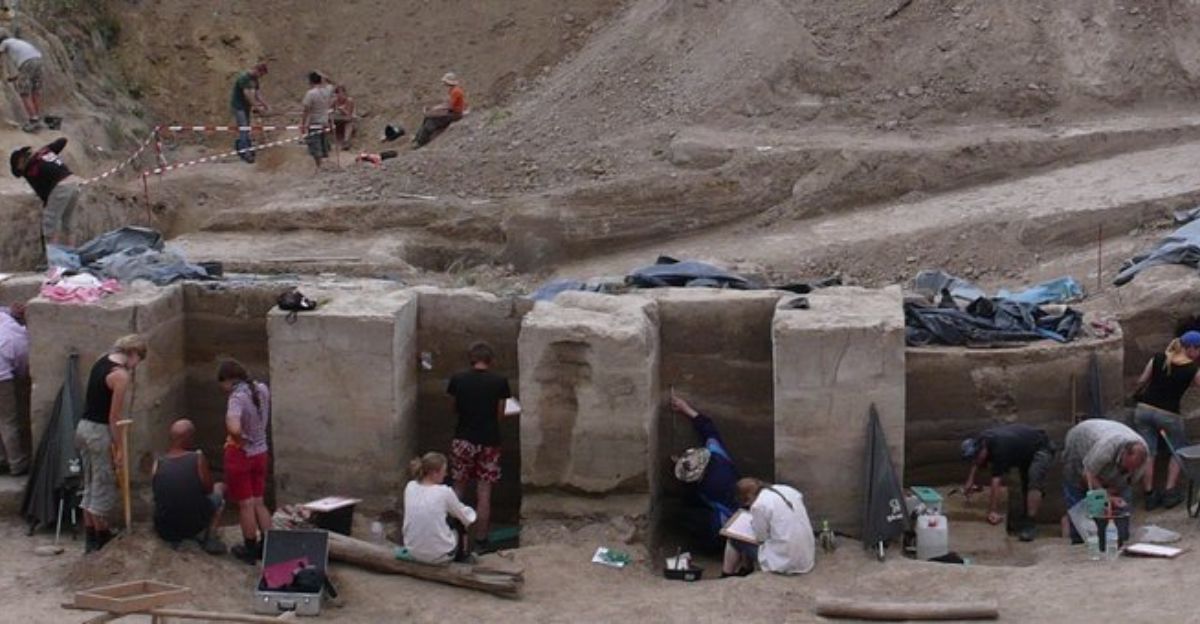
The Neumark-Nord site functioned as a large-scale processing center where Neanderthals systematically extracted fat and marrow from the bones of large mammals. This lakeside “fat factory” was carefully chosen for its resource-rich surroundings and became a hub for intense, organized activity.
The carcasses of animals like horses, deer, and ancient cattle were brought to the site, where they did far more than butcher the meat. They meticulously broke and crushed bones into small fragments, then heated them in water to render essential, calorie-rich bone grease.
Strategic Selection of Site Location
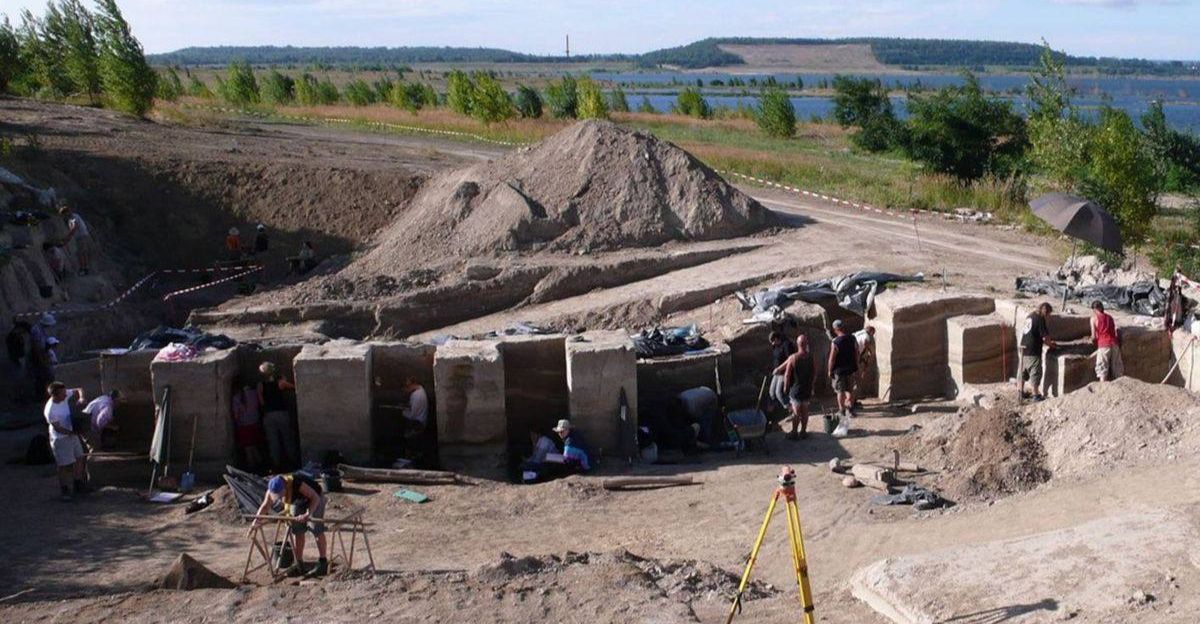
These Neanderthals chose the location of their fat factory very wisely. Its position on a lakeshore gave them consistent access to water and helped them process and move large animal carcasses. Its open landscape, maintained through the controlled use of fire and repeated human activity, gave hunters a logistical advantage for spotting game and defending against predators.
“These weren’t simple hunter-gatherers just getting by day to day — they were master planners who could look ahead, organise complex tasks, and squeeze every last calorie from their environment,” said Geoff Smith, a senior researcher in zooarchaeology at the University of Reading.
Understanding the Processing Techniques
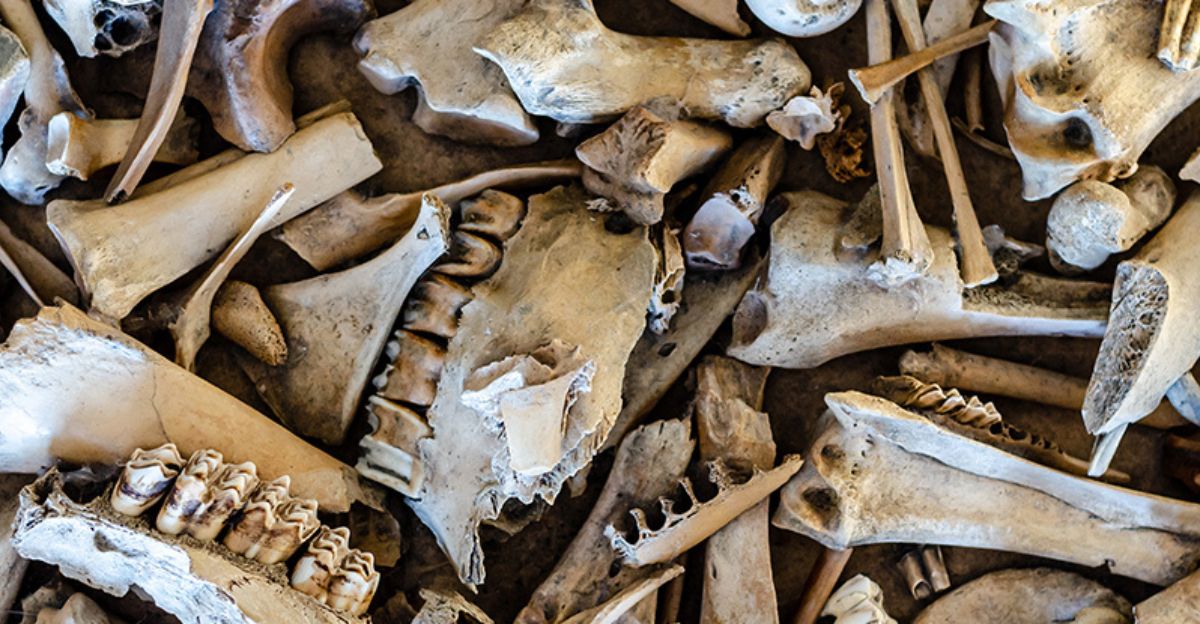
Neanderthals moved fat-rich bones like skulls, long bones, and mandibles from the hunt site to their fat factory, where they could process and extract as much nutrition as possible. They smashed the bones into countless tiny fragments using specialized stone tools, maximizing the surface area for fat extraction.
Most fragments were found to be smaller than three centimeters, a size ideal for efficiently rendering grease. Next, they would heat the bones in water over a fire, allowing the fat to float and be skimmed off after cooling.
Neanderthal Intelligence and Planning
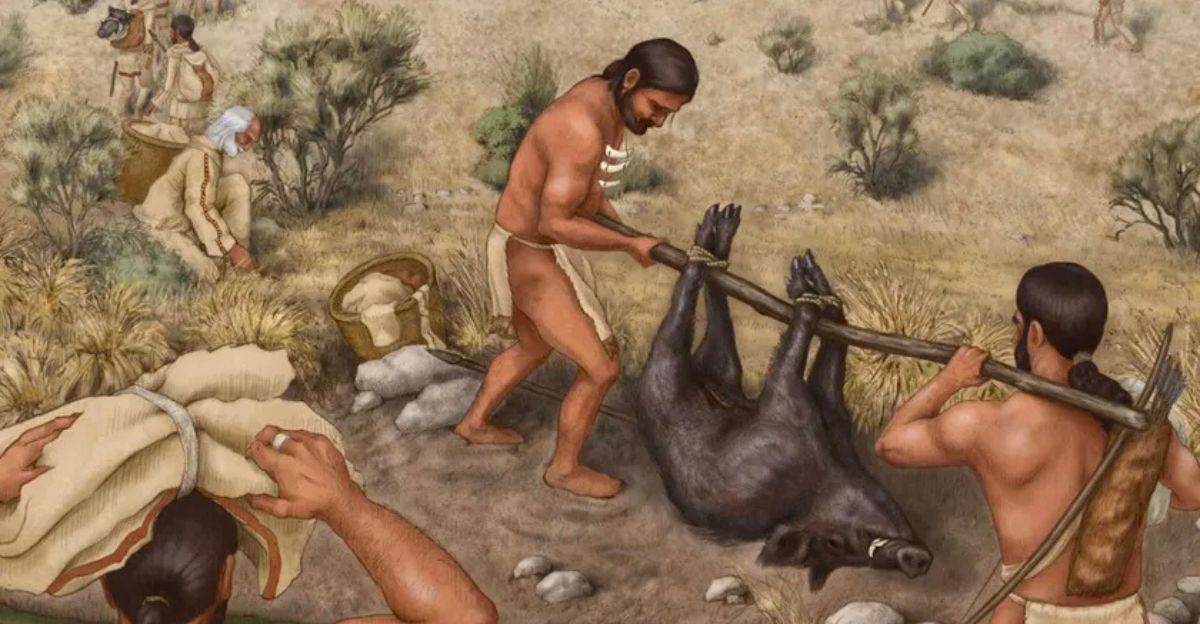
Evidence shows Neanderthals could manage large-scale operations, like coordinating hunts, transporting carcasses, and efficiently extracting nutrients from bones in purpose-selected locations. Researchers note that the “fat factory” organization suggests Neanderthals understood the value of storing specific carcass parts for later processing and deliberately chose optimal sites for repeated, specialized activity.
“This attitude that Neanderthals were dumb — this is another data point that proves otherwise,” said Wil Roebroeks, study coauthor and professor of Paleolithic archaeology at Leiden University in the Netherlands. “We know a lot about Neanderthal hunting tactics, habits, and consumption of meat and bone marrow, but to a much lesser degree about all the processes after hunting and butchering,” said study first author Lutz Kindler, an archaeologist at the Monrepos Archaeological Research Center and Museum for Human Behavioral Evolution in Germany.
Shifting the Timeline of Human Innovation
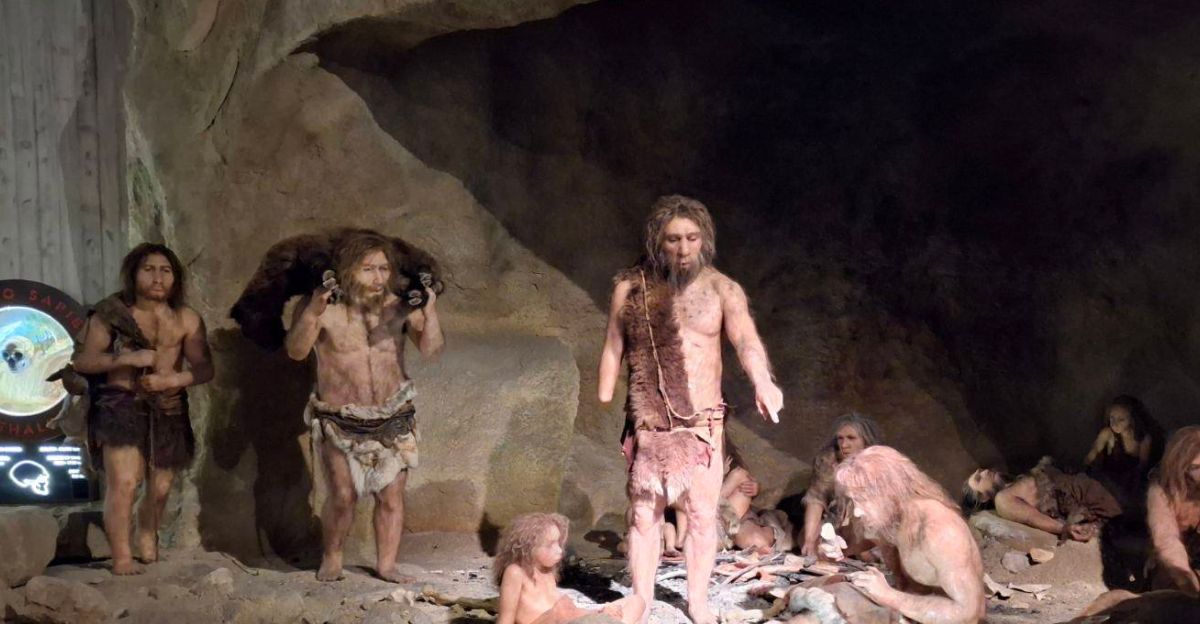
Evidence from the site shows that Neanderthals were systematically rendering fat from animal bones 125,000 years ago, nearly 100,000 years earlier than similar large-scale practices. The labor-intensive techniques uncovered at Neumark-Nord reveal that Neanderthals mastered hunting and the logistics and planning required for industrial-scale fat extraction long before what we thought possible.
What We Know About Their Social Behavior

Findings like these help us better understand these civilizations and often change how we think about them. Once thought to live in isolated groups, this discovery proves that Neanderthals lived in large social groups. The sheer volume of bone fragments and tools and the intensive, labor-coordinated processing required to extract fat efficiently indicate that these tasks would have necessitated collaboration among relatively large groups.
Archaeological and comparative studies of similar sites suggest that Neanderthal bands likely consisted of 20 to 30 people. The complex planning required to run an operation like this proves that these communities could communicate, plan, and work together effortlessly.
Neanderthal Intelligence and Planning
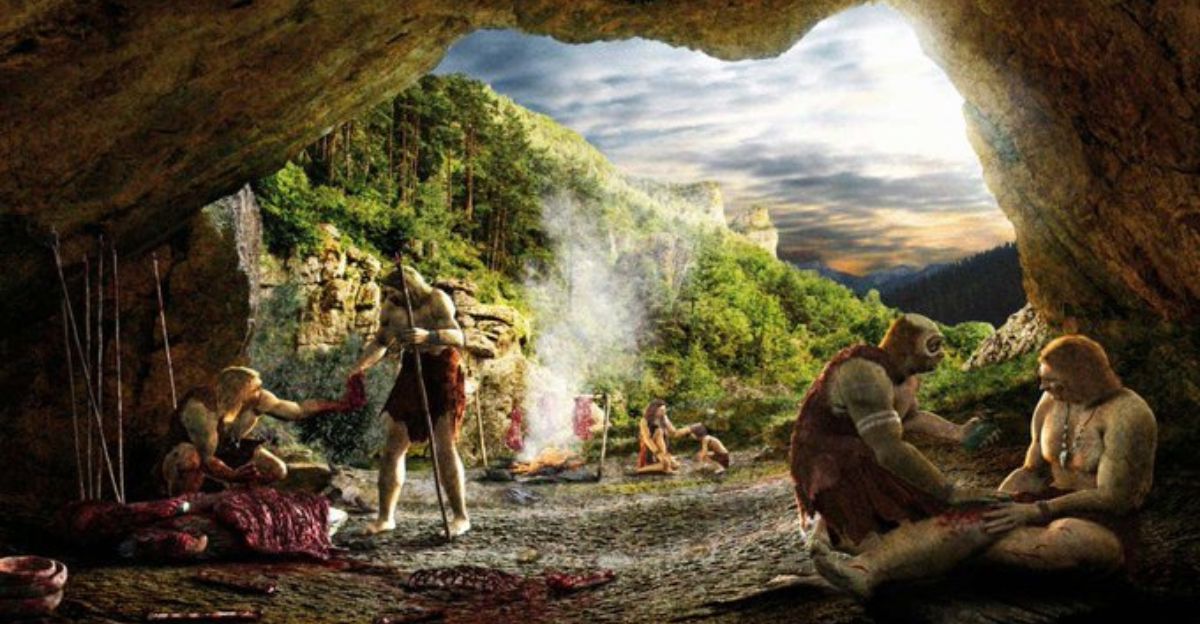
The labor-intensive fat extraction methods and the sheer organization required for processing bones from over 170 large mammals point directly to advanced cognitive abilities. Neanderthals understood the nutritional importance of fat and planned accordingly, managing animal transport, caching, and collective processing, all within a fat factory. Neanderthals weren’t nearly as uneducated as we once thought them to be.
“Neanderthals were clearly managing resources with precision – planning hunts, transporting carcasses, and rendering fat in a task-specific area. They understood both the nutritional value of fat and how to access it efficiently – most likely involving caching carcass parts at places in the landscape for later transport to and use at the grease rendering site,” said Prof. Sabine Gaudzinski-Windheuser, Head of MONREPOS and Professor at Johannes Gutenberg University Mainz.
A New Perspective on the Neanderthals
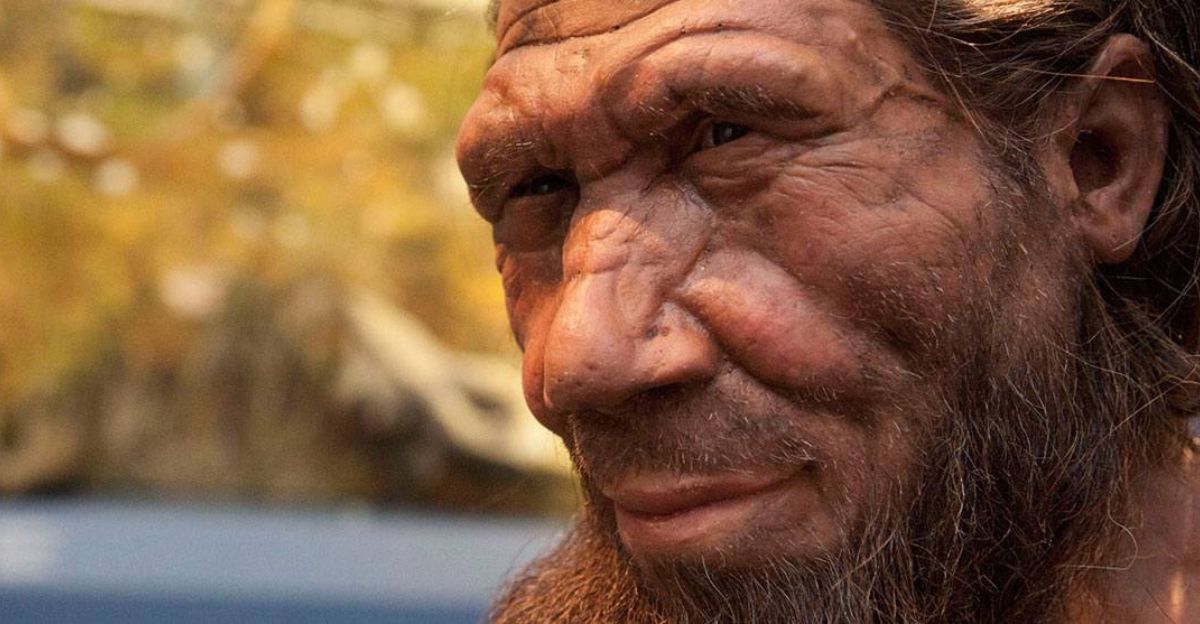
For decades, modern humans’ superior abilities cast Neanderthals as brutish, unintelligent, and doomed to obsolescence. To our surprise, they were far from slow-witted cave dwellers; they were resourceful problem-solvers with advanced planning capacities. Researchers now have to rethink their entire timeline about ancient civilizations to better understand what they were capable of.



